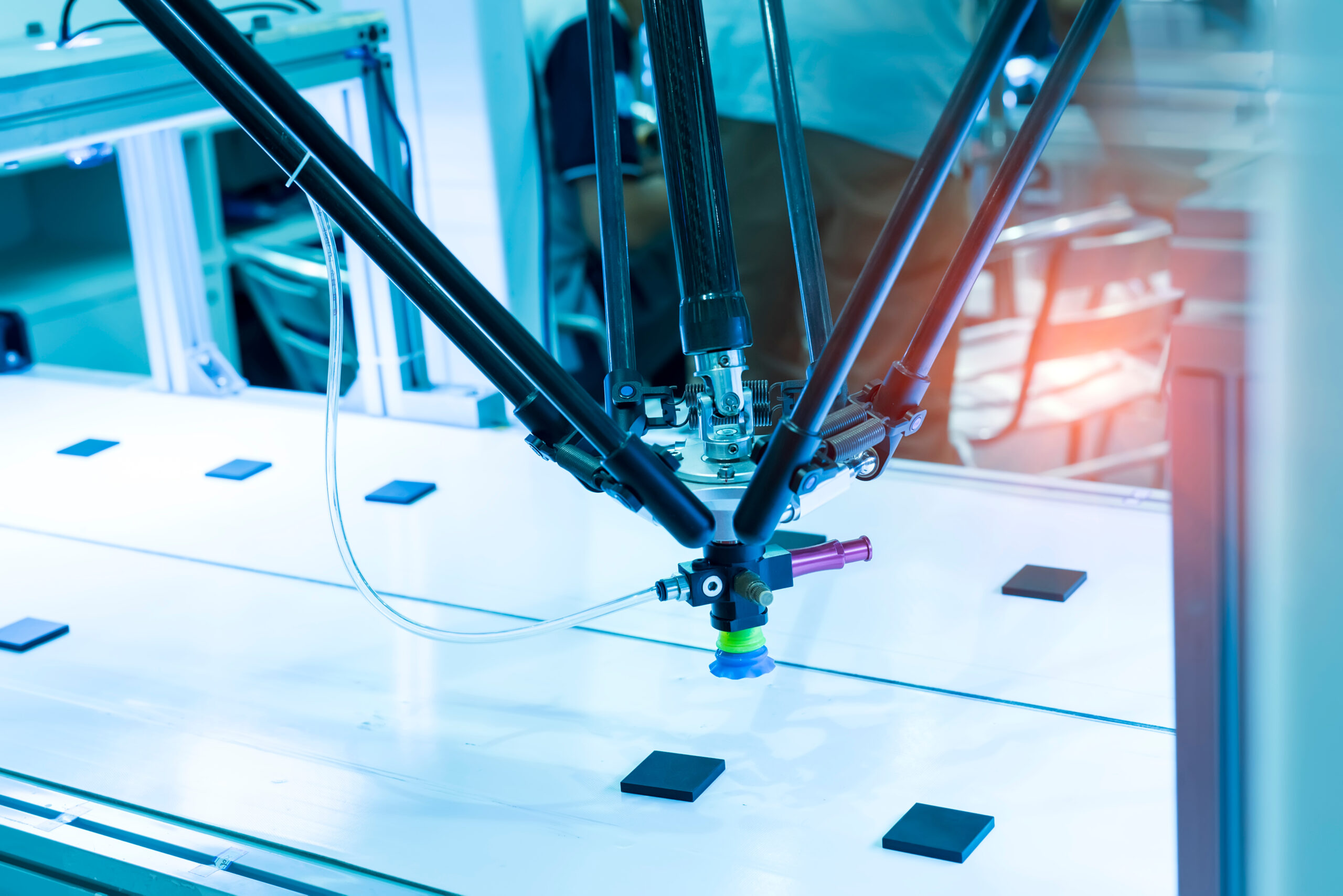Best Practices for Medical Device Cybersecurity in Healthcare
The rise of connected medical devices has transformed patient care with real-time monitoring and data integration, but it also brings cybersecurity risks. Without proper safeguards, vulnerabilities could jeopardize patient safety, disrupt healthcare, and lead to data breaches. This makes cybersecurity a top concern for providers, manufacturers, and regulators.
From implementing robust design principles to ensuring compliance with medical device cybersecurity standards, we’ll cover everything you need to know to mitigate risks and protect sensitive healthcare systems.
Why Are Medical Devices Under Attack?
Medical device cybersecurity faces several critical challenges that leave healthcare systems vulnerable to attacks. To start, many legacy devices still in use were not built with cybersecurity in mind, often relying on outdated software that creates weak points for hackers.
The Food and Drug Administration (FDA) works to enforce regulations, but inconsistent compliance from manufacturers and healthcare providers continues to worsen these vulnerabilities.
Additionally, many medical devices lack robust security protocols, making them easy targets for cybercriminals. Their complexity, with multiple components, interfaces, and connectivity options, adds another layer of difficulty in securing these devices. Interoperability requirements—where devices must connect with other systems and networks—further increase the risk of breaches.
Compounding the issue, some manufacturers lack the necessary cybersecurity expertise to implement proper controls. Supply chain risks also play a significant role, as healthcare providers often lack end-to-end visibility across medical device networks, limiting their ability to detect and respond to threats.
Cybersecurity in Medical Devices
A standard U.S. hospital typically has 10 to 15 medical devices per bed, meaning a 1,000-bed hospital could house roughly 15,000 devices. These include imaging systems, clinical IoT devices, and surgical equipment, all of which expand the hospital’s attack surface. Cybercriminals can exploit vulnerabilities in internet-connected devices to infiltrate networks and steal sensitive data.
Medical devices such as insulin pumps, implantable defibrillators, and imaging systems often handle sensitive health data and interact with external systems like cloud platforms or hospital networks. A single cyberattack compromising a medical device could lead to operational disruptions, loss of vital patient data, or even harm to individuals who rely on those devices for care. These trends reveal an urgent need to improve cybersecurity measures and align with evolving medical device cybersecurity standards.

FDA Guidelines for Securing Medical Device Data
The FDA’s updated 2023 guidance on medical device cybersecurity replaces the 2014 version, aiming to improve consistency, streamline premarket reviews, and enhance device resilience. It applies to devices with software or programmable logic, not just network-enabled ones.
Premarket cybersecurity guidance:
The FDA offers premarket cybersecurity guidance which includes integrating security risk management into the overall risk management process (ISO 14971). Companies must submit a threat modeling summary to assess system-level risks and a Software Bill of Materials (SBOM) detailing third-party and open-source software. Additionally, they should demonstrate capabilities to detect, respond to, and recover from cybersecurity incidents while performing ongoing risk assessments and enabling updates or patches.
Key documentation includes security architecture, access control methods (e.g., least privilege, authentication), and data integrity and confidentiality measures like encryption for data at rest and in transit
Postmarket Cybersecurity Guidance
The FDA’s post-market cybersecurity guidance stresses the need for robust risk management in medical devices, focusing on timely vulnerability detection, disclosure, and resolution in line with ISO/IEC standards. Manufacturers must prioritize secure patch deployment, assess vulnerabilities, and maintain a cybersecurity plan within the Quality System Regulation to protect patient safety as technology advances.
Device manufacturers are required to comply with Quality System Regulation
This covers critical aspects such as design controls, corrective and preventive actions (CAPA), and complaint handling. Additionally, integrating cybersecurity activities into design and production processes is now an essential expectation. By ensuring these elements are well-documented and seamlessly incorporated, manufacturers can enhance compliance and safeguard device functionality. Adhering to QSR not only supports regulatory requirements, but also reinforces product quality and user safety, making it a crucial focus for medical device developers.
Secure Product Lifecycle (SPLC) Principles
The FDA highlights the need for robust cybersecurity in medical devices, recommending frameworks like NIST SP 800-53. Key practices include defense-in-depth architecture, restricting unnecessary functions, effective logging, tamper resistance, and secure development processes like code reviews. These measures help reduce vulnerabilities and ensure safer, more resilient devices.
Cybersecurity Labeling and Transparency
The FDA highlights the need for clear medical device labeling to communicate cybersecurity measures. Labels should detail the device’s intended use, safe operating environments, user responsibilities (e.g., password policies, updates), and update/patch policies. Manufacturers are encouraged to provide detailed security documentation to support users and IT teams in maintaining strong cybersecurity practices.
Reporting Requirements
The FDA requires cybersecurity vulnerabilities in medical devices to be reported under its Medical Device Reporting (MDR) rules if they pose risks like death, serious injury, or potential harm. These regulations aim to identify and address vulnerabilities promptly, ensuring patient safety and reducing preventable risks.
Best Practices to Improve Medical Device Cybersecurity Checklist
1. Embed Security in Device Design
- Conduct thorough threat modeling to identify potential risks during the design phase.
- Use secure coding practices and validated cryptographic protocols to protect data and communications.
- Ensure the device supports streamlined software updates to address emerging threats quickly.
2. Conduct Regular Risk Assessments
- Perform cybersecurity risk analyses to identify vulnerabilities across the full ecosystem of interconnected systems.
- Simulate attack scenarios (e.g., penetration testing) to uncover potential weaknesses in software, hardware, or networking configurations.
3. Adopt Secure Cloud Practices
- Use cloud providers compliant with healthcare data regulations like HIPAA.
- Implement multi-factor authentication (MFA) and stringent access controls to protect sensitive patient data stored in the cloud.
4. Monitor and Manage Third-Party Software Risks
- Maintain an up-to-date Software Bill of Materials (SBOM), documenting every software component used (e.g., third-party libraries or open-source tools).
- Stay informed of vulnerabilities in third-party software through platforms such as the CISA Known Exploited Vulnerabilities Catalog.
5. Prioritize Post-Market Security Maintenance
- Plan for timely software patches and updates for vulnerabilities identified after device deployment.
- Use regular audits and testing procedures to validate ongoing compliance with security standards.
6. Educate End-Users and Stakeholders
- Provide clear user guides for managing device security, including network configurations, patch instructions, and response protocols for cyber incidents.
- Train healthcare IT teams to implement best practices, like segmenting device networks to contain potential attacks.
7. Partner with a Managed Security Services Provider (MSSP)
- Work with an MSSP that specializes in safeguarding sensitive healthcare information to enhance your cybersecurity posture.
- Leverage their expertise in compliance, threat detection, and incident response to defend against evolving cyber risks.
8. Implement Continuous Security Monitoring
- Utilize advanced monitoring tools to detect suspicious activity across devices and networks in real time.
- Establish a framework for immediate response to potential breaches, minimizing downtime and protecting patient data.
By adopting best practices like secure design principles and robust risk management, you can significantly reduce vulnerabilities and gain a competitive edge in the marketplace.
Scale Smarter and Innovate Faster with ClearDATA
Designing life-changing medical devices is complex, but securing data and navigating regulations shouldn’t slow you down. Want to enhance the security of your medical devices?
Discover how ClearDATA has partnered with medical device companies using cloud technology to implement robust security and compliance solutions—filling critical gaps where internal resources were unavailable.
From integrating device data with healthcare systems to meeting stringent FDA regulations, we’re here to simplify the process with managed cloud compliance, security, and operations services and the CSPM software you can trust, so you stay ready to develop groundbreaking medical technology.
Speak with an expert.
FAQ
What is medical device cybersecurity?
Medical device cybersecurity refers to the measures taken to secure devices against unauthorized access, data breaches, and disruptions that could impact functionality or patient safety.
What are the advantages of cybersecurity in medical devices?
Strong cybersecurity reduces the risk of operational disruptions, safeguards patient data, ensures compliance with FDA regulations, and builds trust among healthcare providers and patients.
What does the FDA recommend regarding medical device cybersecurity?
The FDA emphasizes lifecycle-focused practices, including SPDF for design security, transparent labeling for end-users, and continuous post-market monitoring of vulnerabilities.
Stay Secure and Compliant in the Cloud.


